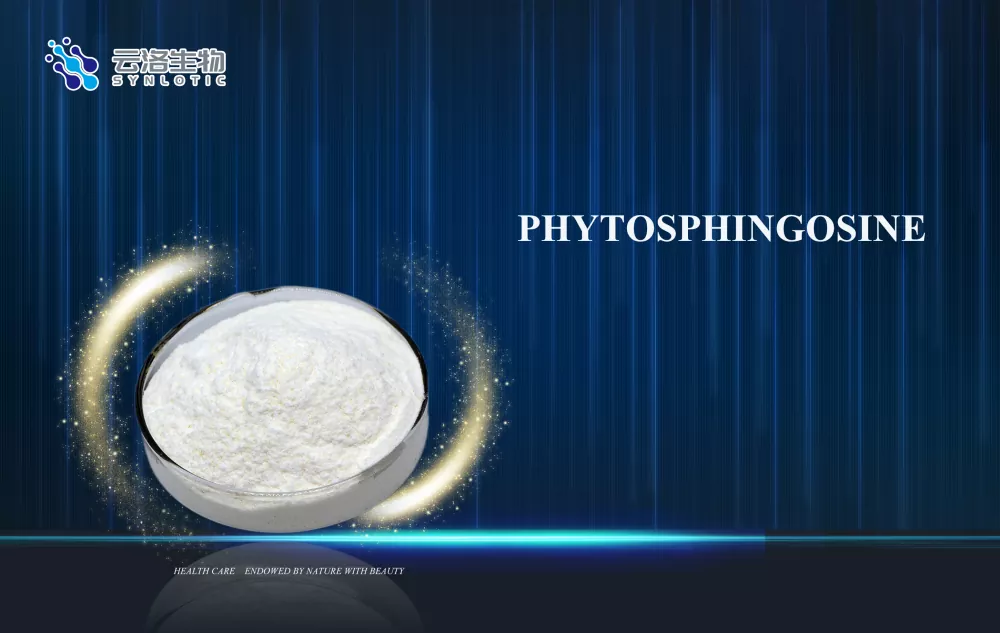What Are Ceramides – Scientifically Speaking?
2025-04-25
Ceramides are a family of waxy lipid molecules (fatty acids linked with sphingosine) found naturally in the stratum corneum—the outermost layer of the skin. They make up about 40-50% of the lipids in this barrier, playing a critical role in keeping the skin hydrated and protected.
There are nine types of ceramides identified in human skin (Ceramide 1–9), and they work synergistically with cholesterol and free fatty acids to form the skin’s lipid matrix—a structure that seals moisture in and keeps irritants out.
How Ceramides Work in the Skin
Imagine your skin cells (corneocytes) as bricks, and ceramides as the mortar. Together, they:
- Create a barrier: Preventing transepidermal water loss (TEWL)
- Defend against external threats: Blocking bacteria, pollutants, and allergens
- Support skin repair: Aiding in recovery from damage or inflammation
When ceramides are depleted—whether by age, environmental stress, or over-cleansing—the barrier weakens. This leads to dryness, irritation, sensitivity, and even conditions like eczema or atopic dermatitis.

The Role of Ceramide Synthesis
Your body synthesizes ceramides through a multi-step enzymatic process involving:
1. Sphingolipid metabolism – producing sphingosine
2. Fatty acid acylation – combining sphingosine with fatty acids
3. Enzymes like ceramide synthase (CerS) – helping form specific ceramide types
Skin conditions often arise when there's a deficiency or imbalance in these enzymes or lipid production.
Topical Ceramides: Do They Really Work?
Yes—and here’s why:
- Topical ceramides mimic the skin’s natural ones (aka “skin-identical” lipids).
- They integrate into the lipid matrix and help restore barrier function.
- Many clinical studies show improvement in hydration, barrier repair, and inflammation when using products containing ceramides—especially in people with eczema or sensitive skin.
For even better results, scientists found that ceramides work best when combined with cholesterol and fatty acids in a 3:1:1 ratio, which reflects the natural composition of the skin barrier.
Fun Fact: Ceramides and Cell Signaling
Beyond barrier repair, ceramides are also involved in cell signaling. They regulate cell differentiation, proliferation, and even apoptosis (programmed cell death)—key processes in skin health and turnover.
Ceramides may seem like a trendy skincare buzzword—but behind the hype lies solid biochemistry. They’re not just beneficial—they’re biologically essential.
Would you like me to create an infographic or visual guide to explain this further?


